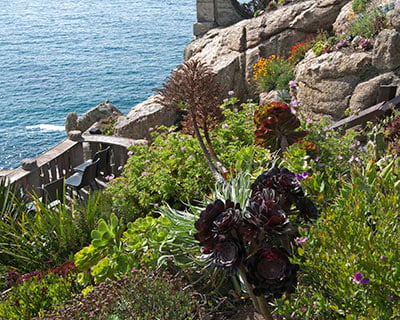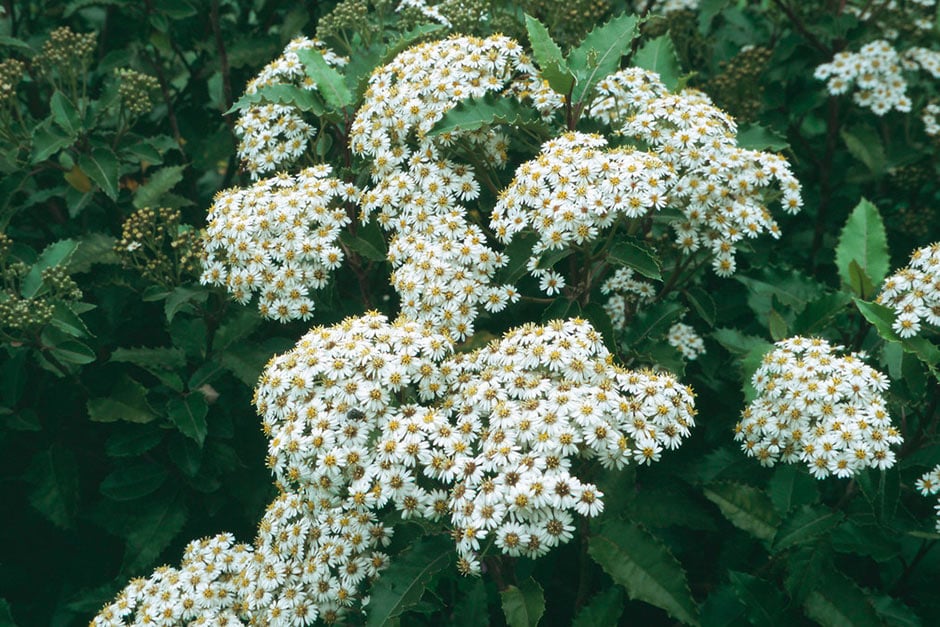Coastal gardens
Blustery winds, salty sea spray and poor soil – gardens by the sea have a lot to cope with, but plenty of plants don’t mind a bit...
Oh, we do like to be beside the seaside! It’s a great place for plants and people – and although conditions can sometimes be challenging, they bring with them the opportunity to grow some amazing plants and explore a garden style that’s unlike any other.
Working with the wind
Seaside gardens are almost always windy gardens, and that wind can often have an extra bite from the salt it carries. It might sound like a tough call, but there are many plants that grow brilliantly by the sea. As a general rule, plants with narrow, grass- or needle-like leaves, and those with silvery, leathery or waxy leaves will do well. But even with plants well adapted for the conditions, it pays to protect them while they are getting established, as wind can dry them out really quickly. The key is to use permeable windbreaks that filter the wind rather than simply channelling it elsewhere in the garden.
Expanded horizons
Generally, gardens by the coast will be have higher light levels and be warmer in winter than those inland – this means you can grow an increased range of tender plants. Exotics such as bottlebrushes (Callistemon), Torbay palms (Cordyline) and daisy bushes (Olearia) sometimes struggle inland but will thrive in seaside gardens.
Get the seaside look
It’s a good idea to embrace the influence of the sea rather than fight it. Locally-sourced* pebbles and gravel will connect the garden to its wider surroundings and can act as a
Dealing with poor soil
The soil in coastal gardens can often be very poor and free-draining as it tends to be either stony or sandy. Adding soil conditioner such as garden
Many Mediterranean plants like the herbs rosemary, sage and thyme thrive in poor soil by the sea, staying more compact and living longer than in softer conditions inland. Exotics such as agaves and echiums grow brilliantly here too – experiment and find out what’s possible.
*bought from a local builders merchant or supplier, rather than removed from the beach.



